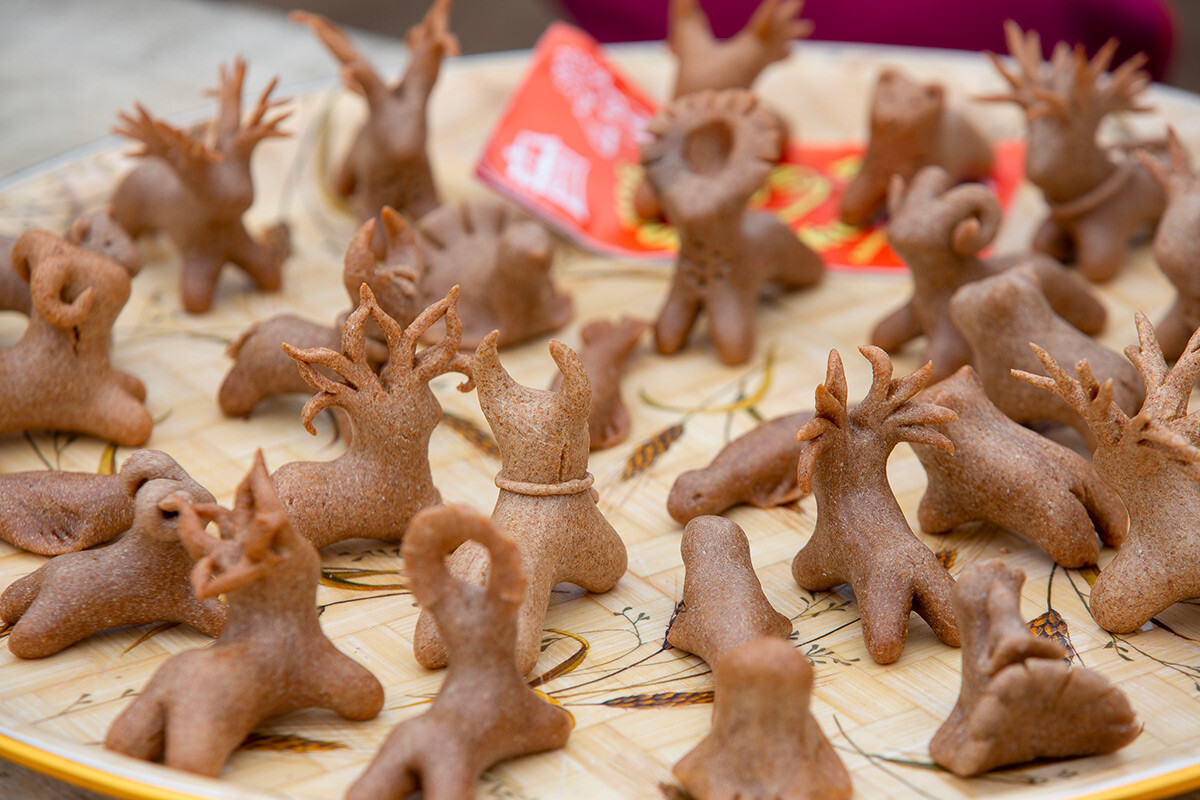
7 dishes of the White Sea cuisine that are worth trying

Today, Russian Pomors (a part of the Russian ethnos, historically living on the shore of the White Sea) have access to the whole set of food products, which are sold in any Russian supermarket. But, their love for fish is literally in their blood, because, for several centuries, it was what their ancestors ate.
There are still some authentic Pomor villages out there whose inhabitants are “fed by the sea” (check out our article about a present-day Pomor village). However, in those days, these harsh lands were not at all a wilderness. Up to the beginning of the 18th century, most of Russia’s trade routes with Europe went through the White Sea (read more about this here). So, locals knew about the existence of coffee and they even invented their own way of brewing it - in a samovar! Find out about these and other culinary specialties of the Pomors below!
1. Pomakukha

The backbone of Pomor cuisine is seasonal sea fish. ‘Pomakukha’ is one of the most common Pomor dishes, for which cod or catfish was used. “The fish was breaded in flour, fried and then stewed in fish broth with potatoes and onions in a Russian oven. The broth thickens due to the flour and you can dip slices of bread in it,” says Andrei Anikeev, head chef of the Arkhangelsk restaurant ‘Roomi’, who specializes in the cuisine of the Russian North and collects recipes from all over the region. Andrei says he has reinvented the traditional recipe. First, he simmers the cod in milk, then adds caramelized onions and baked potato mousse and garnishes everything with fresh herbs.
2. Pomor ukha

“To make the taste stronger, Pomor cuisine uses seasonal products at the very peak of their ripeness. Aside from that, we use simple cooking techniques (fermentation, dehydration, long simmering), nothing unusual,” says Maxim Galetsky, brand-chef at the Meridian Congress Hotel in Murmansk, where Pomor dishes have also appeared on the menu.
“Do you know the difference between a Pomor ukha soup and a normal fish soup? The Pomors add some vodka to the ukha or drink it separately,” jokes local historian Svetlana Koshkina from the ‘Center for Pomor Culture’ in Belomorsk.
“The Pomors usually used to cook codfish soup and add some other seasonal fish or cod liver to it,” Galetsky says. “We cook it the same way, we add salmon and halibut. This is the fish of our region. But, the story about vodka is rather mythical. It does not affect the taste, because it evaporates in the process of cooking. We do not add it.”
But who forbids drinking it separately from the soup?
3. Zayeburikha

This dish with a name difficult to pronounce even for Russians is a cross between fish soup and stew. Generally, in the North they call ‘zayeburikha’ a “mishmash”, which is prepared in hiking conditions out of everything that is at hand. Pomors call ‘zayeburikha’ a mixture of potatoes, carrots, leftover vegetables and any fish at hand with broth. Such a dish can be found today, for example, in the ‘Teribersky Bereg’ tourist complex in Murmansk Region.
4. Skantsy

The word ‘skantsy’ sounds strange to the Russian ear, as well. In the local dialect, it means something which is “rolled up” (skatali). More than anything, it resembles pancakes rolled up into a flute. To make skantsy, the Pomors usually use rye flour. They add kefir or sour cream to the dough and fry them in a pan.

However, in some villages the locals used to make them like semicircular flat cakes and, in some places, locals also used them as a base for a special Karelian pie called ‘kalitki’, inventing their own version.
5. Kozuli

‘Kozuli’ are ceremonial gingerbread of the Russian North. Pomors from Arkhangelsk Region baked them usually for Christmas, but, in some villages, ‘kozuli’ were baked for other festive occasions, as well, such as weddings. It is quite easy to recognize ‘kozuli’ - they are gingerbread in the shape of animals: goats, sheep, cows. They were also sometimes made shaped as Christmas trees and birds, it all depended on the family recipes.
In the center of Arkhangelsk, there is a museum dedicated to ‘kozuli’, where you can even try to make this type of gingerbread yourself.
6. Mezen-style coffee

The Pomors actively traded with Europeans and it was in the Russian North that they were among the first Russians to try coffee. But, they invented their own way of making the drink: in a samovar. It is believed that it was first prepared in such a way in the town of Mezen (in the north of Arkhangelsk Region), which was famous for its skilled craftsmen.
This coffee was often flavored with various spices, which were also brought from abroad.
A modern version of Mezen coffee can be found in the Arkhangelsk restaurant ‘Roomi’. “We add spices and a little salt to the coffee and serve it with meringue, so that different flavors intertwine,” says chef Andrei Anikeev.
7. The black gingerbread

And this is what a treat that is traditionally served together with Mezen-style coffee looks like. The black gingerbread. In fact, it is a cake that resembles Russian black bread in taste and appearance. The recipe for black gingerbread is similar to the classic biscuit with sour cream, but uses a different flour base. Why does this cake turn out to be black? The answer will surprise you. The burnt sugar, along with cinnamon and cloves, are responsible for the coloring. They say that the pie can stay fresh for up to five days.













